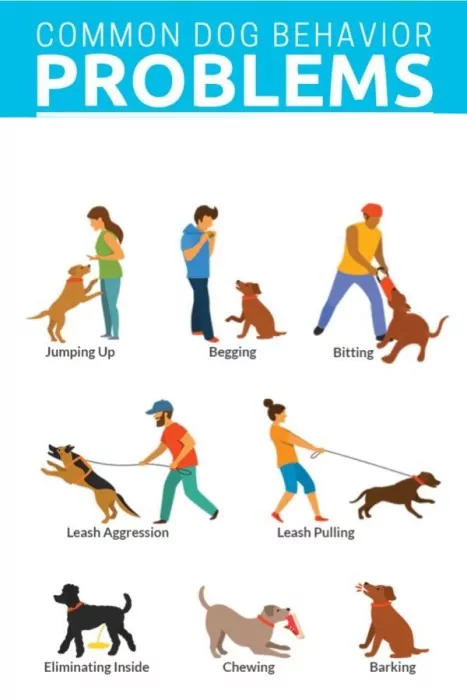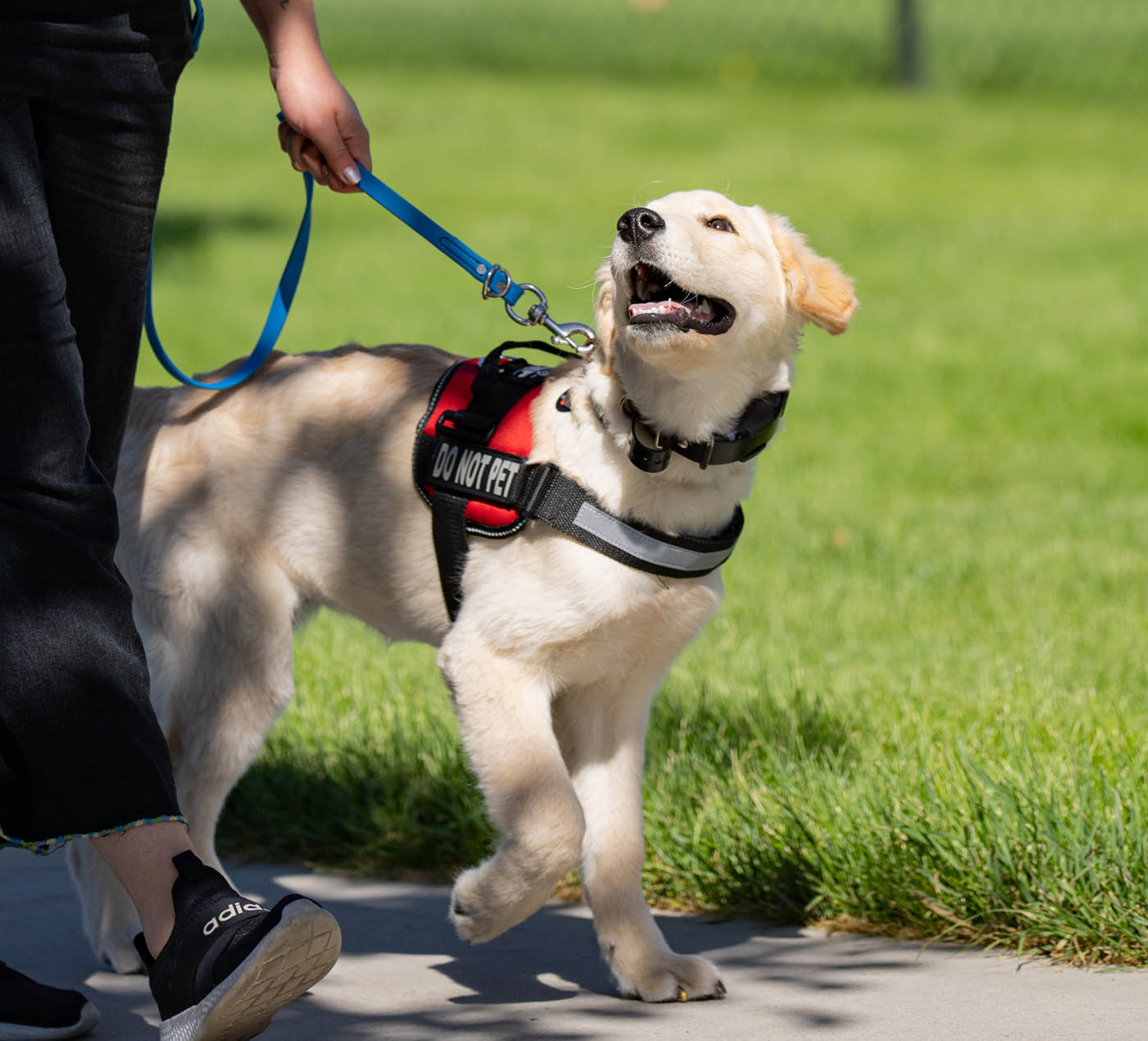Master Important Commands: Efficient Canine Training Made Easy
Efficient canine training is a fundamental element of liable pet dog possession, and understanding essential commands serves as the foundation for a harmonious connection between trainer and pet dog. Comprehending the nuances of canine actions and the training process is crucial; however, the trip to a well-trained pet dog frequently offers unforeseen difficulties that need focus.
Comprehending Your Pet's Habits
To realize the nuances of reliable canine training, it is necessary to damage down and examine your pet dog's behavior. Dog training. Understanding the inspirations behind your dog's actions is essential; actions can stem from reaction, worry, exhilaration, or a desire for interest. By observing your pet dog in different circumstances, you can identify patterns that might indicate underlying feelings or needs
As an example, a canine that barks exceedingly might be revealing monotony, anxiety, or a requirement for social communication. Alternatively, a dog that exhibits harmful actions might be seeking stimulation or remedy for anxiety. Identifying these triggers permits you to customize your training approach effectively.
Furthermore, it is crucial to think about the dog's breed qualities, as they can influence habits dramatically. Some types are inclined to details attributes, such as herding or securing reactions, which can influence their responses to particular stimulations.
Last but not least, uniformity in your actions to your pet dog's actions promotes a much better understanding between you and your animal. This mutual comprehension is foundational for building trust and facilitating an effective training process that supports both behavior modification and positive reinforcement.
Important Commands to Instruct
Instructing vital commands is a basic aspect of effective dog training, providing the structure for a mannerly and responsive animal. These commands not only enhance interaction between the proprietor and the pet dog however also make certain security in various settings.
One of the most essential commands include "Sit," which urges your canine to remain fixed and calm; "Stay," which enhances the idea of remaining in one location until launched; and "Come," which is important for remembering your pet dog from potentially hazardous circumstances. "Down" teaches pet dogs to lie down, advertising relaxation and control, while "Leave it" aids avoid dogs from getting damaging or undesirable products.
" Heel" is another crucial command that encourages your pet dog to walk very closely close to you, improving chain good manners. "No" serves as a vital boundary-setting command, aiding to fix unfavorable actions.
Training Techniques for Success
Efficient pet training relies heavily on using a variety of methods that accommodate both the pet's knowing design and the proprietor's training goals. One crucial approach declares support, which entails gratifying preferred actions with treats, appreciation, or play. This approach encourages the canine to duplicate those actions, cultivating a strong bond between owner and animal.

Another efficient technique is remote control training, where an unique audio, made by a remote control, notes the precise moment a canine performs a desired activity. This exact timing assists canines associate the behavior with the reward, improving their understanding.
Consistency is vital in all training approaches. Developing clear commands and preserving the same cues aids the pet grasp assumptions extra quickly. Furthermore, short, appealing training sessions avoid dullness and rise retention.
Integrating socialization chances is also essential. Revealing dogs investigate this site to numerous settings, people, and other pets assists them develop self-confidence and versatility.
Lastly, perseverance plays a significant duty in successful training - Dog training. Each pet dog learns at their very find out this here own speed, and understanding this can cause an extra enjoyable training experience for both the proprietor and the pet dog. Carrying out these methods will certainly set the structure for effective pet dog training
Usual Challenges and Solutions
Despite the most effective training strategies, dog owners frequently come across usual challenges that can impede development. One widespread concern is inconsistency in commands and hints. When member of the family make use of various commands for the same behavior, it confuses the canine, causing irregular feedbacks. The solution hinges on establishing a unified method among all member of the family, making sure that every person uses the same terminology and signals.

Additionally, some pets might display stubbornness or absence inspiration. This can commonly be addressed by incorporating favorable support techniques, such as deals with or appreciation, to motivate wanted actions. Tailoring rewards to what your visit site canine finds most inspiring can considerably enhance their involvement.
Finally, anxiety or anxiety can restrain development in training. Recognizing indicators of anxiety and changing the training speed appropriately is important. Utilizing gradual direct exposure to been afraid stimuli can help develop confidence with time, promoting a much more effective training experience.
Preserving Consistency and Patience
Uniformity and persistence are vital in pet dog training, as they develop the structure for accomplishing lasting behavioral changes. Dogs prosper on regular and clear assumptions; hence, preserving a regular strategy in commands, benefits, and improvements is necessary.
Similarly vital is the role of perseverance. Training a canine is not an instant process; it calls for time and repeating. Pet dogs, just like people, have varying discovering speeds and might not grasp commands quickly. Trainers should identify this and stay calm, providing motivation instead of stress. Positive reinforcement plays an important duty right here, satisfying preferred actions and assisting to cultivate a trusting partnership in between the dog and trainer.
Verdict
Grasping vital commands is essential to reliable canine training, promoting enhanced communication and enhancing favorable habits. The application of positive reinforcement techniques, paired with consistency and persistence, considerably enhances the training experience for both the pet dog and trainer. Attending to usual difficulties with sensible remedies better sustains the training procedure. Inevitably, a trained pet not just exhibits great behavior but likewise establishes self-confidence, adding to a harmonious partnership between the pet and its owner.